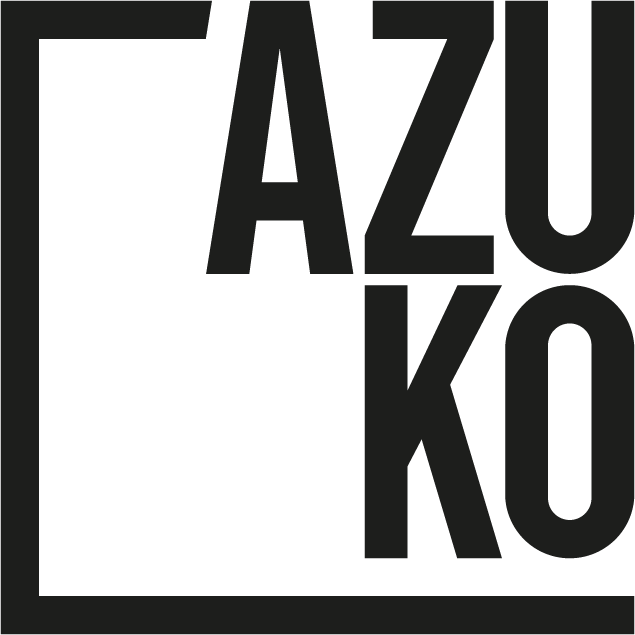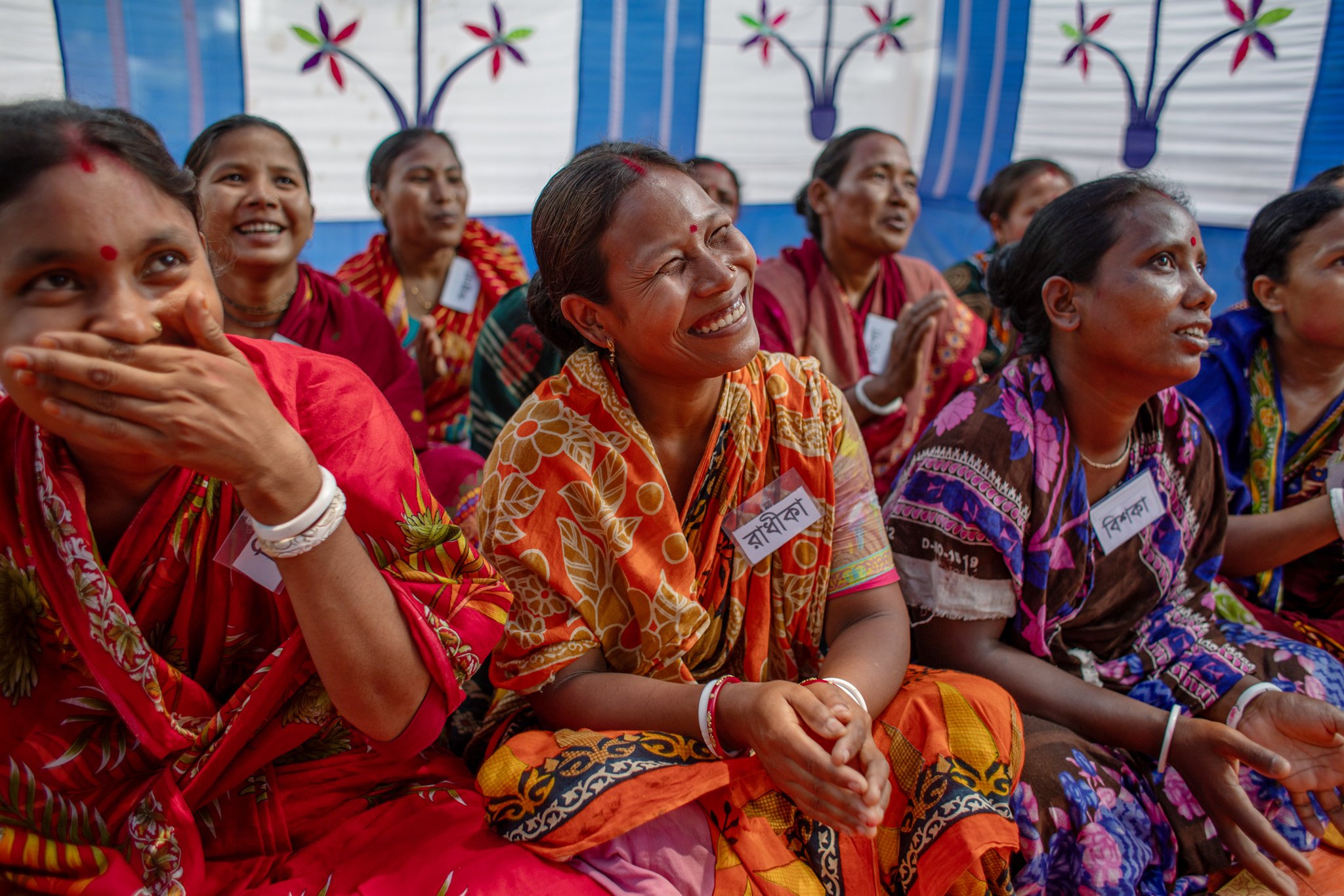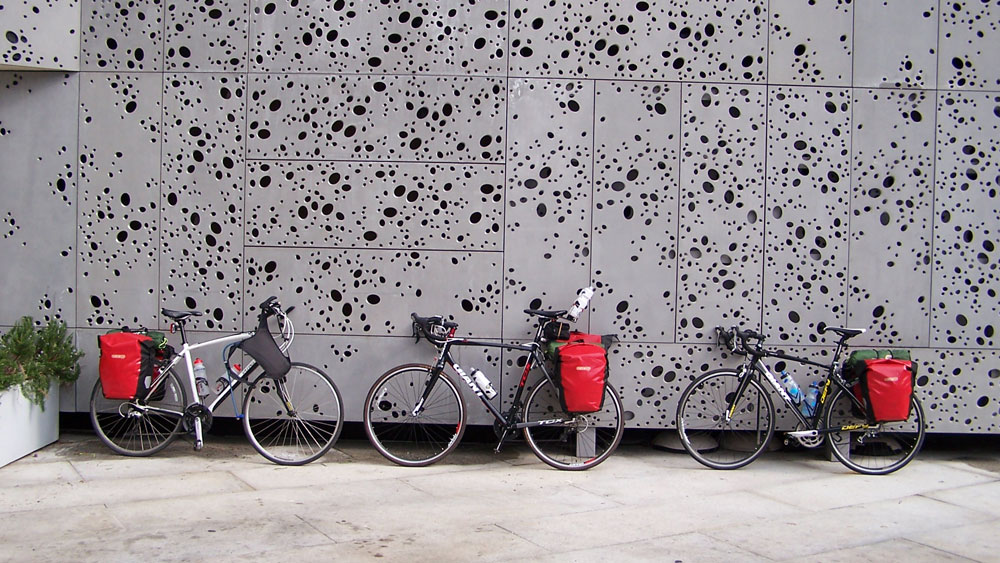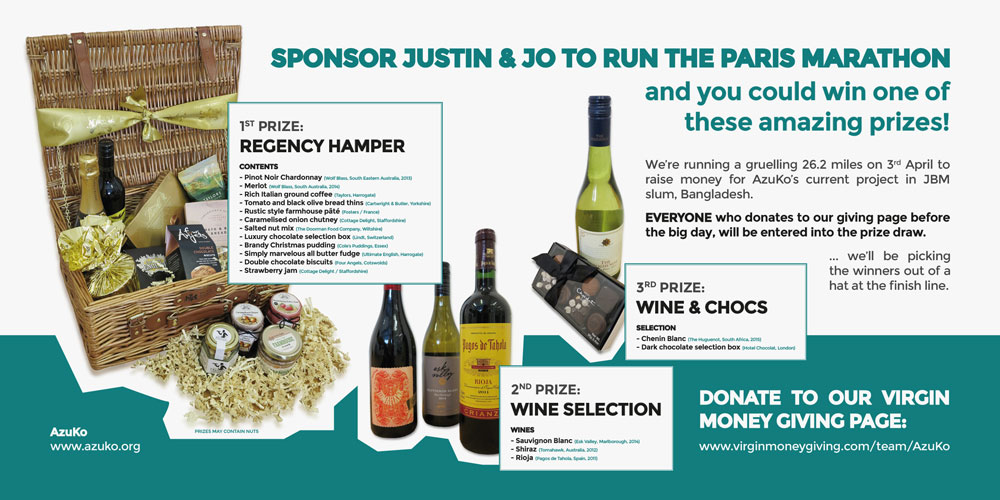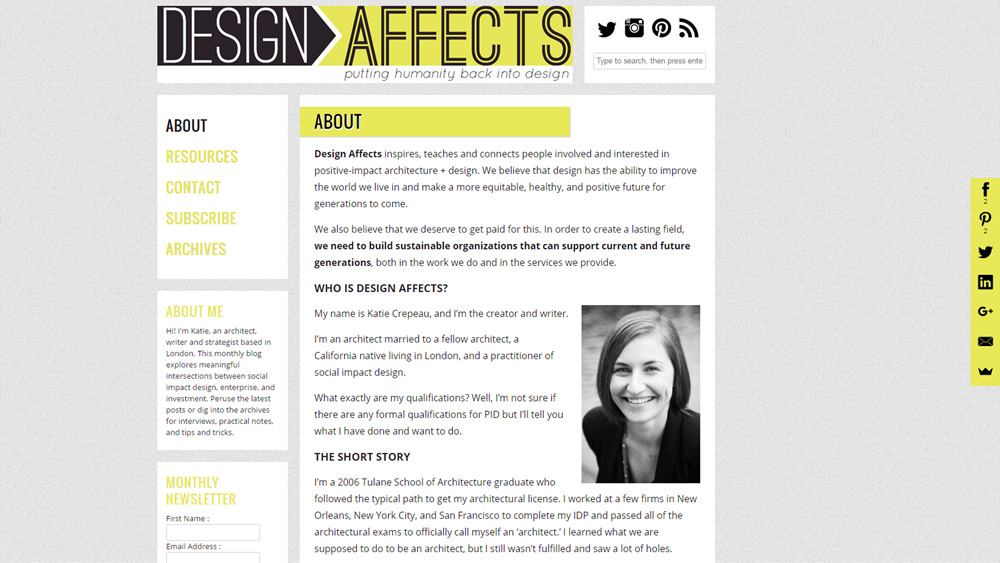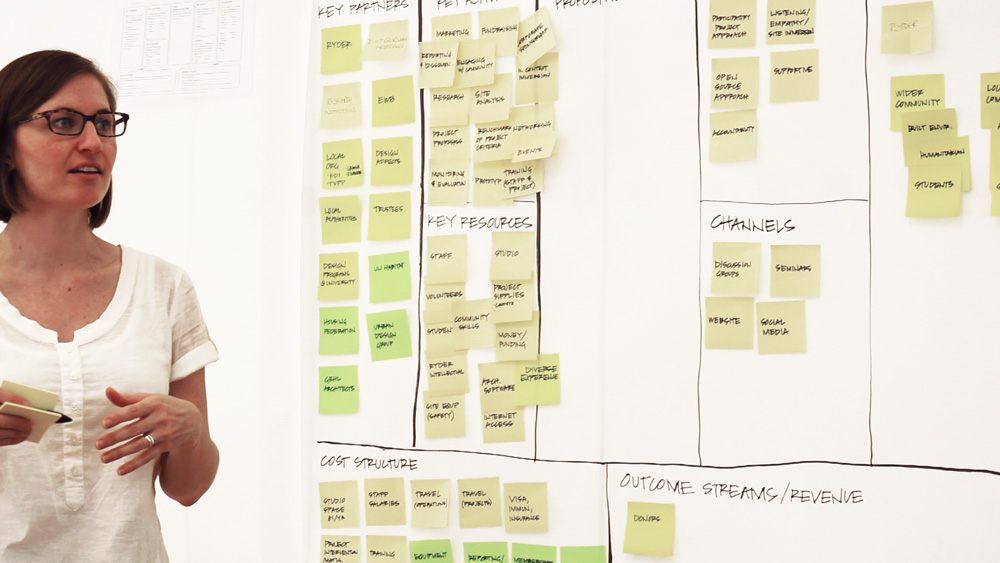We champion community-driven development, working with disadvantaged communities not for them. That difference in wording may be slight but it means a great deal. It means dignity. You've all heard the phrase, "give a man a fish and you feed him for a day, teach a man to fish and you feed him for a lifetime", well that's exactly what AzuKo does through the power of design.
But we couldn't do it without our truly wonderful supporters and that's why we like to shout about them. We have two runners taking on 26.2 miles at the Paris marathon this Sunday. We spoke to Justin Brown, Founder of native north architects, to find out why he's taking on this mammoth challenge in support of our infrastructure project in JBM slum.
Who are you?
I'm a 30 year old Scotsman living and working in London. I'm generally found to be practicing architecture, doing / watching sport or eating. Preferably the latter. Always in search of really good coffee and generally most at rest during cinema sessions.
THE BIG CHALLENGE
So, you've signed up to run the Paris marathon, do you know what you're getting yourself in for?
Absolutely not. I think my longest official run was a non-negotiable slog around a playing field at secondary school in full whites. That was back in a time my legs were also apparently made of rubber and yet to be introduced to the concept of pain. I'd be lying if I didn't say I was a bit excited about the medal and free t-shirt.
Have you done anything like this before?
Not so much on the running side. I've never run a marathon and never wanted to... not sure how this happened!? I've done some cycle touring which generally consists of promises to friends to cycle the length of France and then actually packing life into two pannier bags and saddling up. I'm not counting that as suitable relevant experience.
WHY?
What made you sign up?
“It’s an opportunity to take stock of how fortunate we are. I have the ability to give something back to those who find themselves in more challenging circumstances.”
I'm told pain is temporary but this marathon training is trying very hard to break that theory.
Tell us a little bit about the project you're raising money for?
The very worthy cause is to design a community drainage system in Jogen Babu Maath, which is an urban slum in northwest Bangladesh. I'm particularly motivated by it because it's not a project where help comes in temporary form and makes its escape swiftly after. This project is unique in that it offers continuity. It's a need that has been identified by the community and they will be the ones who are empowered through training and leadership skills to improve their own future. If you haven't already, donate now!
Why does it matter?
Water and sanitation are an unconscious privilege that we all take for granted every day of our lives in the UK. Think about it - you wake up, go to the loo, take a shower, brush your teeth, make a hot drink - all not possible without drainage infrastructure. It matters hugely when it's not there.
How can design improve lives?
Design has extraordinary potential to change lives, case and point being Thomas Edison's light bulb. The second beautiful reality is that everyone is a designer, so capable to effect change. Captured in one of my favourite quotes:
“The best way to predict the future is to design it.”
JOURNEY SO FAR
How's the training going? What's your schedule?
Training's been really tough, especially clocking up the miles through the winter months. Running on Christmas Eve and Boxing Day was novel but given it was a balmy winter, we were fortunately spared horizontal sleet in the face. We're generally following an intermediate marathon training plan. It's 17 weeks and occupies what feels like 93% of my life, but on paper is four sessions a week. Tuesday, Thursday and Saturday are shorter sessions slowly increasing through the months, with every Sunday being the big effort.
Any key milestones?
At first, 26.2 miles means very little. Once we started to run anything around 60 minutes or 10 km, it started to sink in when you finish exhausted and realise, "so I need to do that five more times"!? 10 miles was a huge milestone, alongside our first distance beyond a half marathon... we're now up to 22 miles.
Any gruelling episodes?
Yes, most of it! Obvious answer is the 15+ mile runs but in reality it's the 45 minute sessions after a long hard day at work. They catch you off guard.
How are you treating yourself on rest days?
Rest days are mid-week so they're essentially rest evenings. Some good food and a movie are top of the agenda, then washing all of the sports gear.
FUNDRAISING 101
What methods are you using to fundraise and raise awareness of your efforts?
We've set up a Facebook page following the food, the training milestones, the sad face selfies and most importantly the cause. Check it out: J-Squared Run the Paris Marathon.
Donations can be made through our Virgin Money Giving page. We're also running a prize giveaway for added motivation.
What is the most difficult part of fundraising?
Glancing at the calendar and watching 3rd April fast approaching.
What advice would you give to others that are debating whether or not to take on such a challenge for charity?
“Whatever your motivations or fears, you are capable. So get out of your own way and do it. Then go inspire someone else to do the same.”
With five days to go till the marathon, there's no turning back now. Our runners have raised an amazing £1879 so far.
